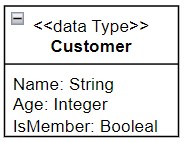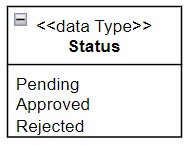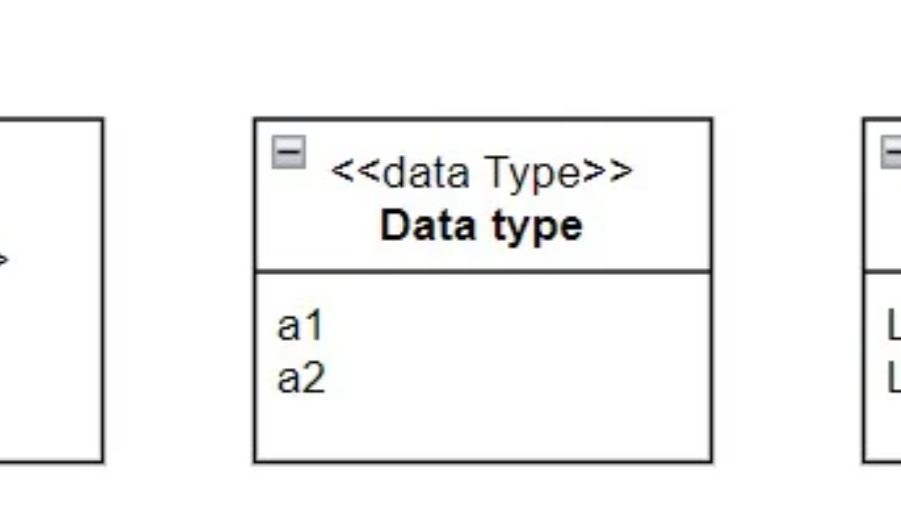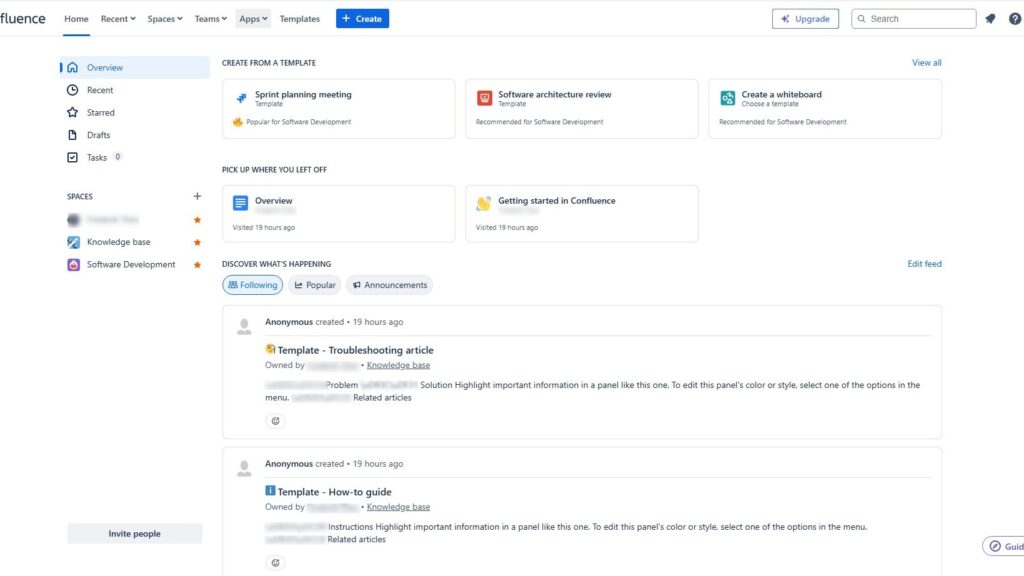When working with UML, understanding UML structured data types is essential for clear and consistent modeling. Data types define which values a model can use, ensuring precision and preventing confusion. UML includes three main categories: primitive, structured, and enumerations. Primitive types handle basic elements like text or numbers, while UML structured data types describe complex objects. Enumerations define fixed value sets. Comparing them reveals how each supports different modeling needs.

What is UML
UML, or Unified Modeling Language, is a standardized way to visualize and design the structure and behavior of software systems. It provides a set of diagrams and notations that help developers, business analysts, and other stakeholders describe how a system works, from its components and data flows to user interactions and processes. By using UML, teams can create clear blueprints for complex systems, making communication easier and reducing misunderstandings during development. It is widely used in software engineering because it bridges the gap between technical and non-technical team members, ensuring that everyone shares the same understanding of requirements and design. the-requirements-engineer.com offers more articles about UML like Tips for Requirements Modeling with UML and How to Build a UML Class Diagram with draw.io.
Primitive Data Types: The Basics
First, let’s talk about primitive data types. These are the simplest and most unstructured types. For instance, think about a number, a Boolean value, or a string. These are straightforward and don’t need much explanation.
UML provides several pre-defined primitive data types, such as:
- Boolean: This represents a true or false value. Simple, right? You only have two options: TRUE or FALSE.
- Integer: This is a whole number without any decimal points. For example, 8, 42, or -4.
- Float: This data type represents a number with a decimal point, like 3.14 or -0.001.
- Character: A single character like ‘A’, ‘b’, or ‘1’.
- String: A sequence of characters, like “Hello, World!” or “UML”.
Sometimes, you might need a primitive data type that’s not included in the standard UML set. In such cases, you can define your own. For example, if you need a string with a maximum length of 70 characters, you could create a data type called String70. This name tells you everything you need to know — no further description is needed.
Structured Data Types: Building Complexity
Now, let’s move on to structured data types. These are more complex and allow you to define structures composed of simpler data types. They’re specific to an application area and can be defined hierarchically. The hierarchy usually ends with primitive data types or enumerations.
For example, imagine you’re working on an application that manages customer information. You could create a structured data type called Customer, which includes attributes like Name (a String), Age (an Integer), and IsMember (a Boolean). Each of these attributes is a primitive data type, but together they form a more complex, structured data type.

Enumerations: Listing Possible Values
Finally, let’s discuss enumerations. Enumerations are used when an attribute can only have a specific set of values. For example, consider a Status attribute for an application. The Status might only be able to be “Pending”, “Approved”, or “Rejected”. Here, you would define Status as an enumeration with these three possible values.

Enumerations are helpful because they make your models more precise. Instead of allowing any possible string, you limit the attribute to a defined list of acceptable values. This can prevent errors and ensure that only valid data is used.
However, there’s an important point to note: if you’re using a state machine for a class, defining an enumeration for the same attribute might be redundant. Why? Because the state machine already defines the possible states, so there’s no need to do it twice. In such cases, choose one approach and stick with it.
Comparison of uml data types
| Aspect | Primitive Data Types | Structured Data Types | Enumerations |
|---|---|---|---|
| Definition | Simple, predefined data types | Composite data types made of multiple attributes | List of predefined, allowed values |
| Examples | Boolean, Integer, Float, Character, String | Customer (Name: String, Age: Integer, IsMember: Boolean) | Status (Pending, Approved, Rejected) |
| Complexity | Very low, elementary | Medium to high, depending on structure | Low, but specific |
| Use Cases | Basic class attributes (e.g., Age, Name) | Business objects or complex structures (e.g., Address, Product) | Attributes with fixed sets of values (e.g., OrderStatus, Gender) |
| Flexibility | Limited to basic values | Very flexible, custom structures can be defined | Restricted to predefined list |
| Typical Pitfalls | Defining everything as String → loses precision | Overly complex structures without real need | Using an enumeration when a state machine would be better |
Conclusion
In summary, understanding UML data types is essential for effective modeling. Whether you’re working with simple primitive types, complex structured types, or specific enumerations, each plays a vital role in creating clear and precise UML diagrams. Remember, the key is to choose the right type for the job and keep your models as straightforward as possible. The comparison of UML data types will help you make this decision.
What’s Next?!
Now that you’ve explored how UML structured data types add clarity and depth to your models, it’s time to connect the pieces. In my next article, “Mastering Simple UML Modeling Relationships,” I’ll show how to link classes and data types effectively. Discover how mastering these relationships helps you create coherent, meaningful diagrams that reflect real-world systems with precision and structure.
This article covers concepts that are also included in the CPRE certification syllabus.
| Read more about Jira and How to |
|---|
| Use Shortcuts in Jira to Boost Your Productivity Create a Project in Jira Create a Jira Issue: A Step-by-Step Guide Access Confluence and Jira for free |




